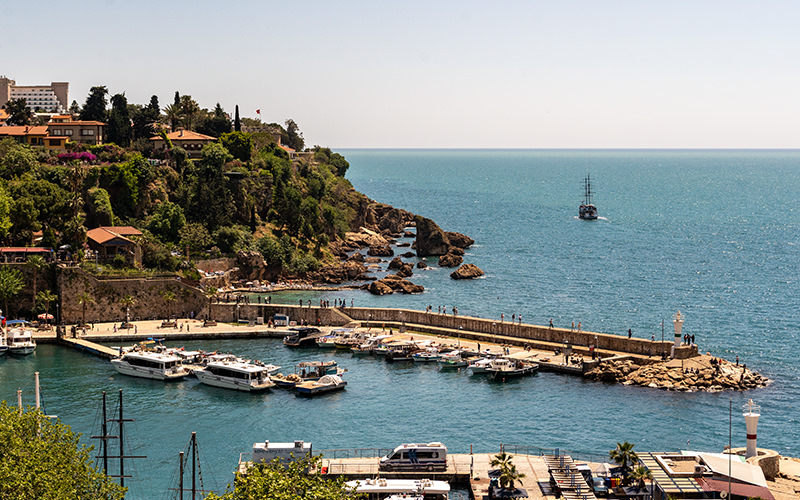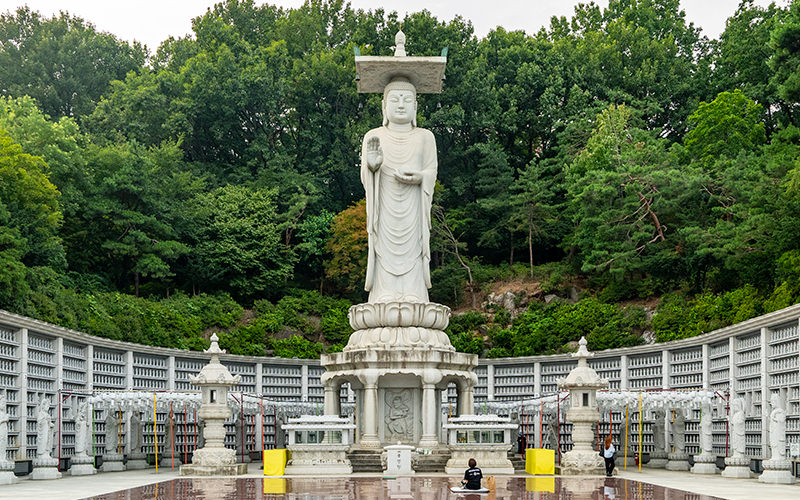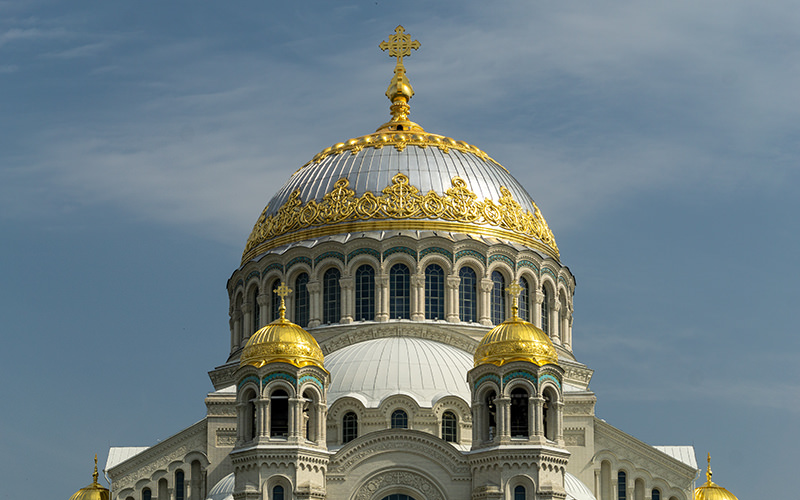After exploring the sights of Phuket, I headed to the capital of Malaysia — Kuala Lumpur. I had selected a few interesting spots for walking in advance and already had a general idea of what the city might look like — but Kuala Lumpur amazed me with its modern skyscrapers, clean streets, and variety of entertainment. Here are the details of my week-long journey.
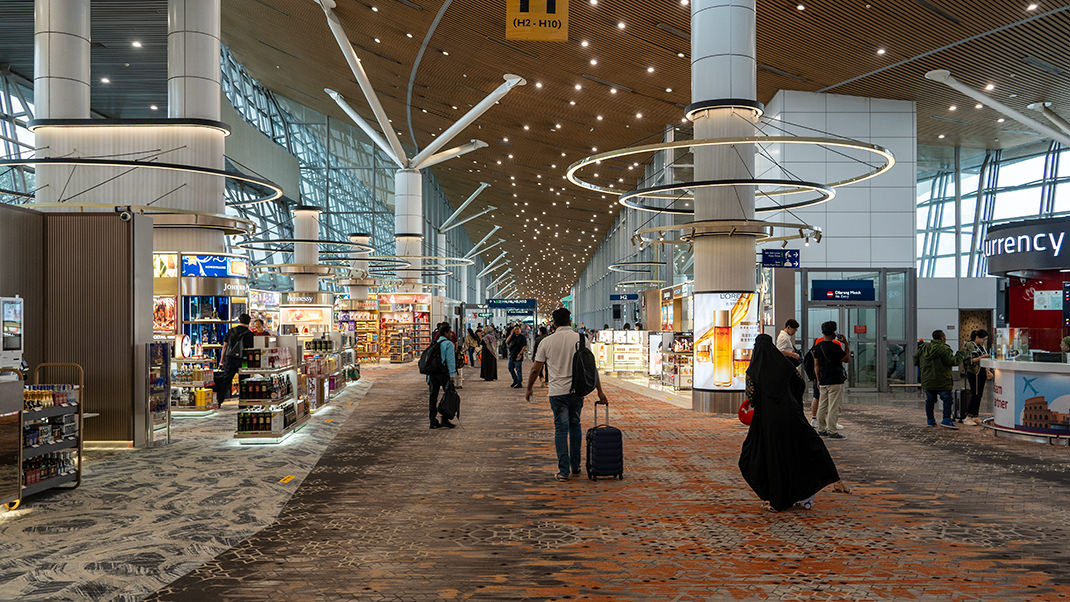
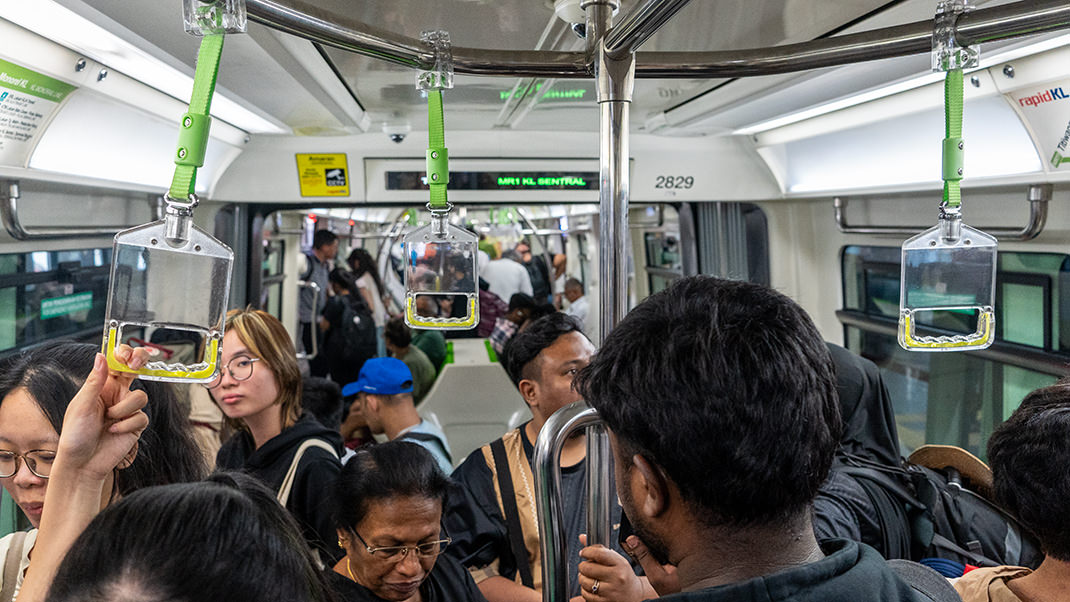
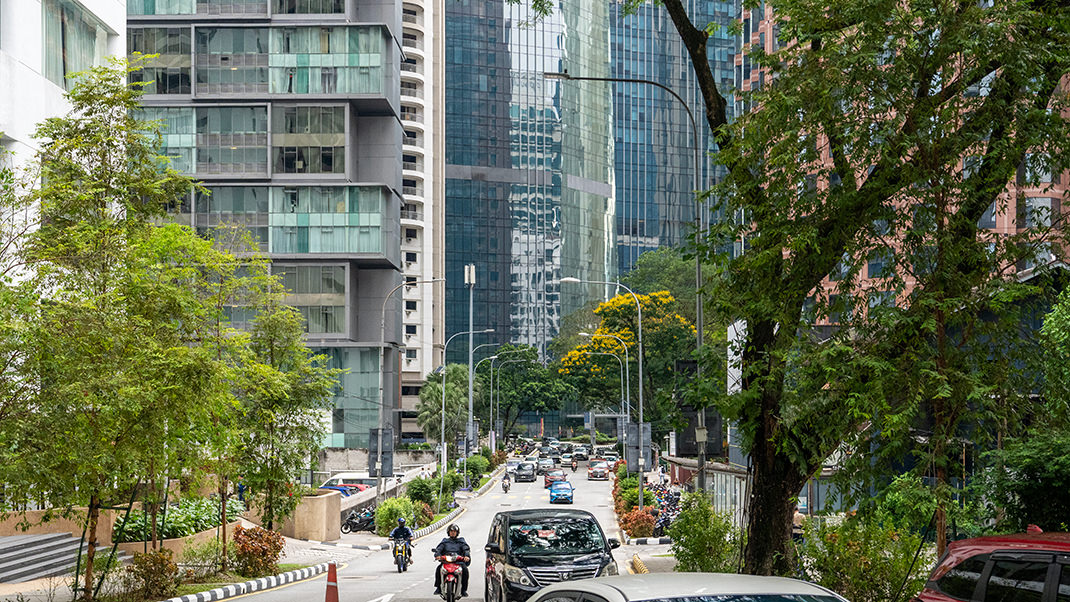
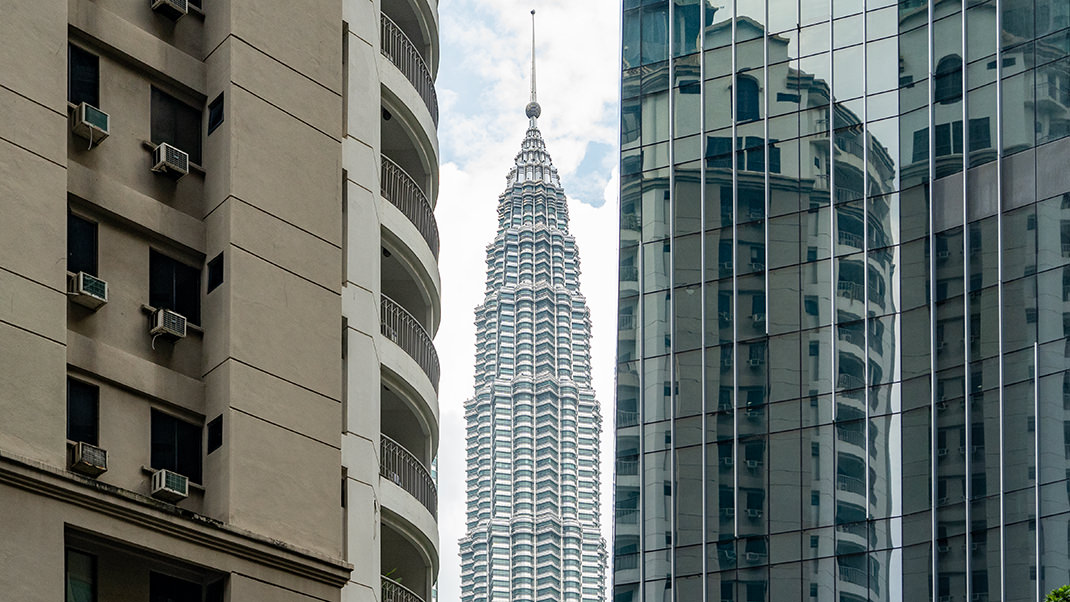
Malaysia: Flights and Money
I didn’t need a visa for the trip. To cross the border, I had to fill out a free Malaysia Digital Arrival Card (MDAC) on a special website. The form must be completed online no earlier than three days before arrival. At the border, holders of biometric passports with approved MDACs can pass through automatic gates quickly. Be sure to check whether citizens of your country require a visa before your trip.
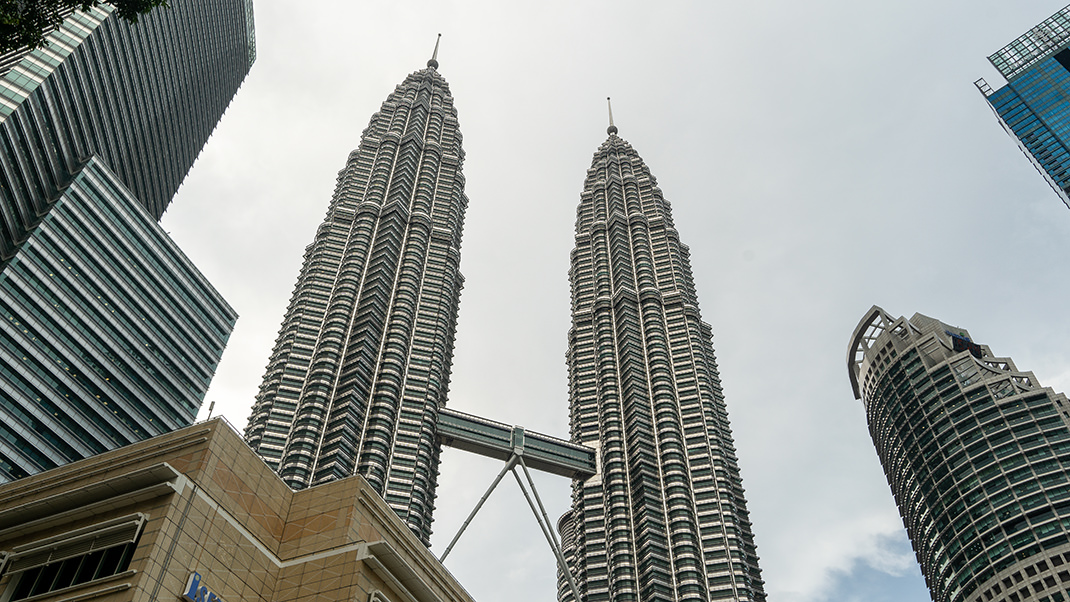
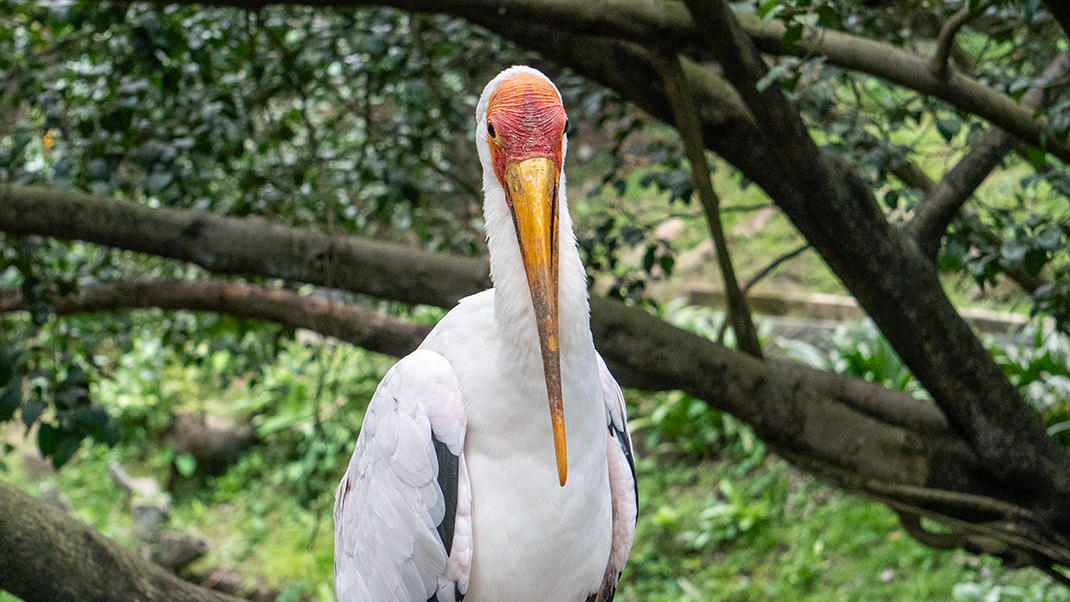
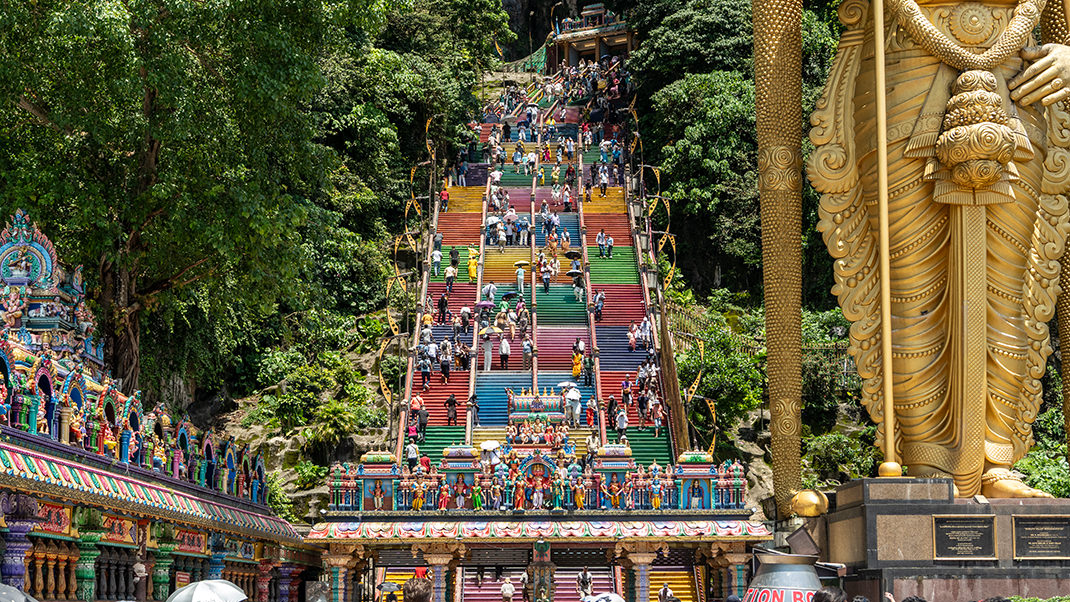
I flew to Kuala Lumpur from Phuket Airport. A one-way ticket for two people cost $253.
The local currency is the Malaysian ringgit. 10 ringgit is roughly equal to $2.36 USD. Bank cards are accepted almost everywhere. Personally, I didn’t withdraw cash even once during the entire trip. I wrote about the trip budget in a separate article.
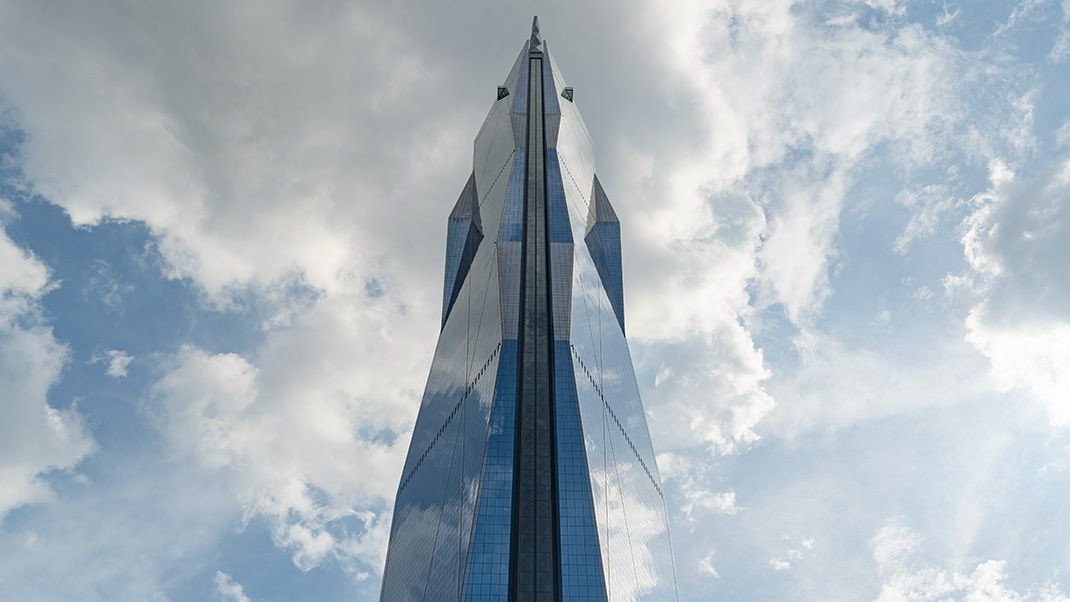
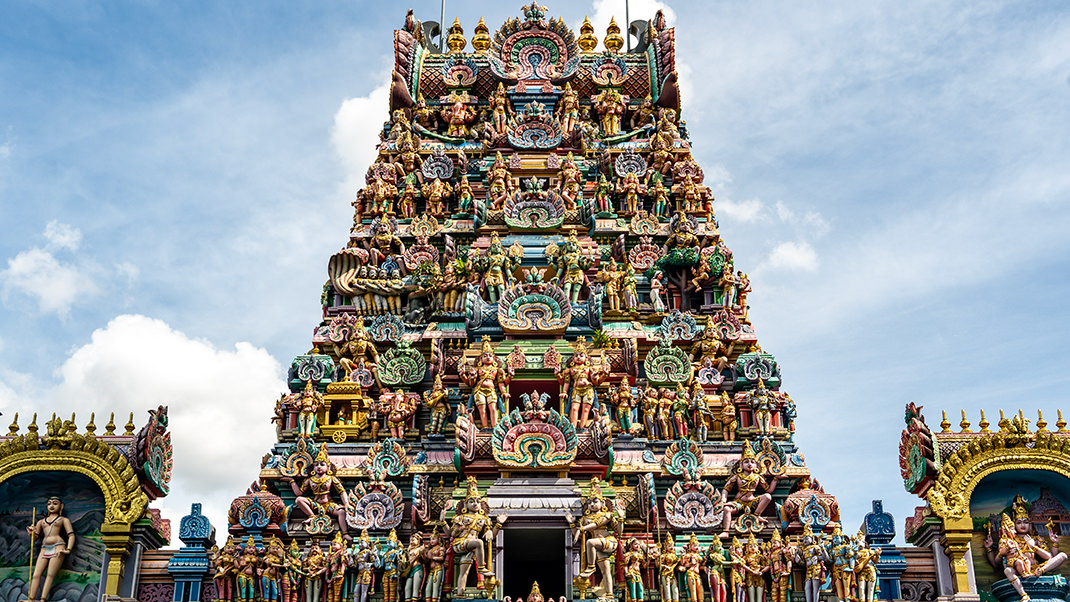
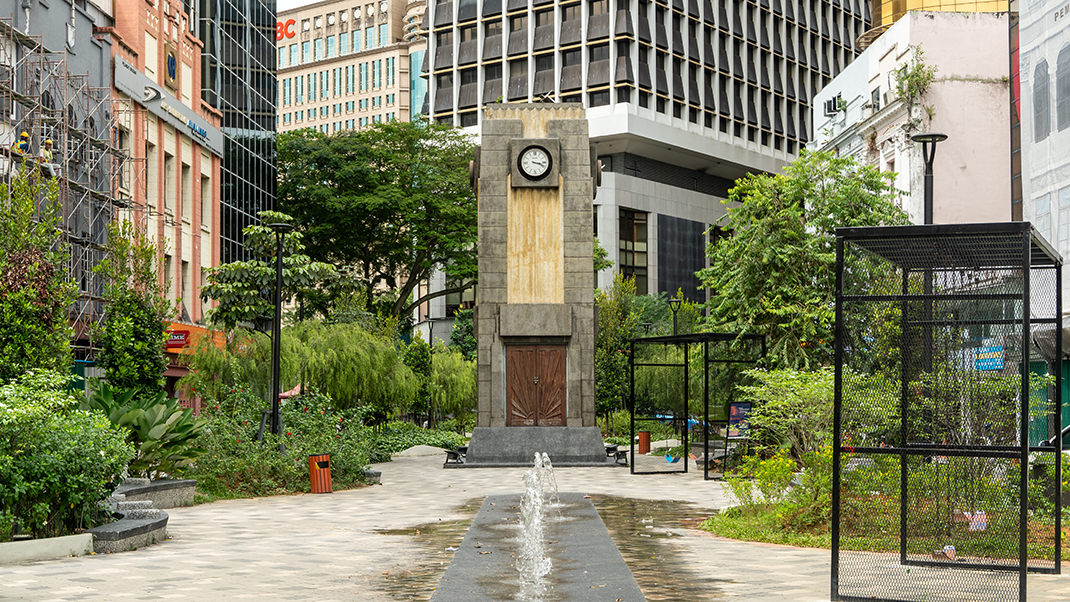
Kuala Lumpur: Getting from the Airport and Getting Around the City
Kuala Lumpur International Airport (KUL) is located about 60 kilometers from the city center. I took the KLIA Express train to the city — the fare was 110 ringgit per person one way, and tickets were available at the terminal. It’s probably not the cheapest way to get to the city, but certainly one of the fastest. The train goes to KL Sentral, where you can transfer to the subway, monorail, or take a taxi. I used the Moovit app for public transport planning.
Kuala Lumpur has a large and well-connected metro system. You need to buy a special card to use it — it cost 40 ringgit, with 10 ringgit already loaded. The fare depends on the distance traveled. For example, on my first ride covering six monorail stations, 2.4 ringgit was deducted.
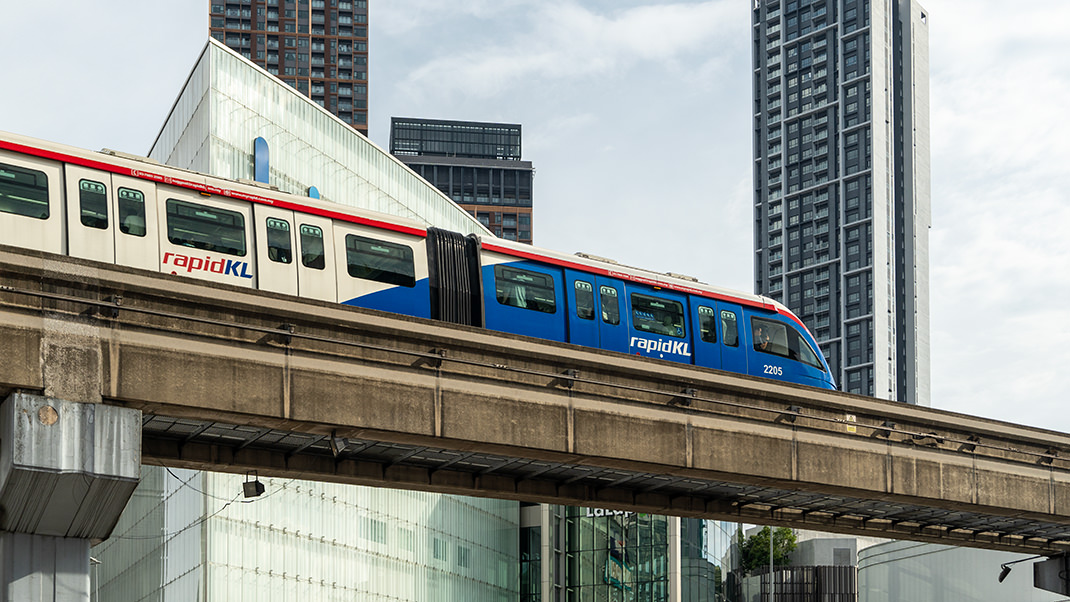
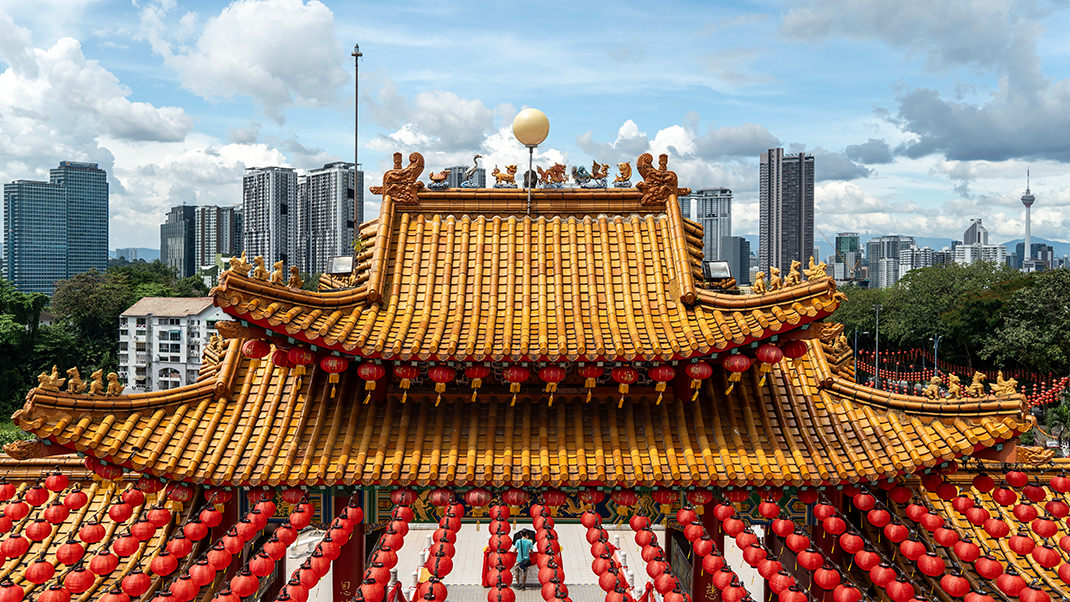

Several taxi services operate in the city — I used the Bolt app. You can pay in cash or by international bank card. A 15-minute ride in the city cost me 26 ringgit, and the ride from the city center to the airport cost 84 ringgit.
Accommodation
Kuala Lumpur offers a huge range of accommodations in different price categories. I stayed at Wyndham Suites KLCC, about a 10-minute walk from the city’s Central Park. The hotel’s advantages included large, modern rooms, an outdoor pool with a great view, and quick access to the metro, Petronas Towers, and a large shopping mall within minutes. One downside was that I never got my deposit refunded after checkout — I paid it by card, and it was returned only after contacting the bank for a chargeback.
A six-night stay in a room with a view of the twin towers cost $854 USD.
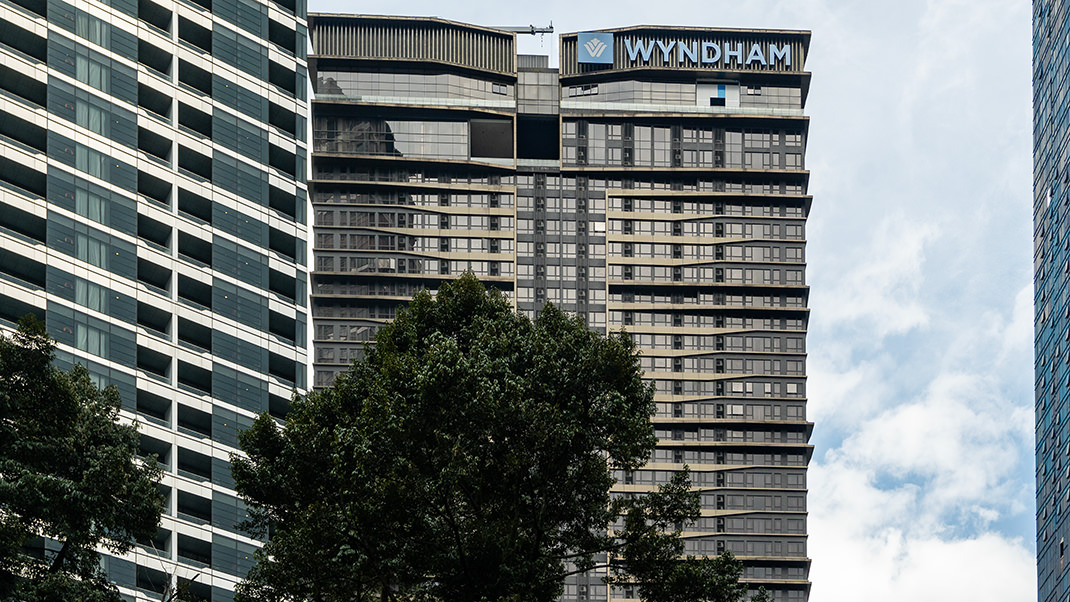
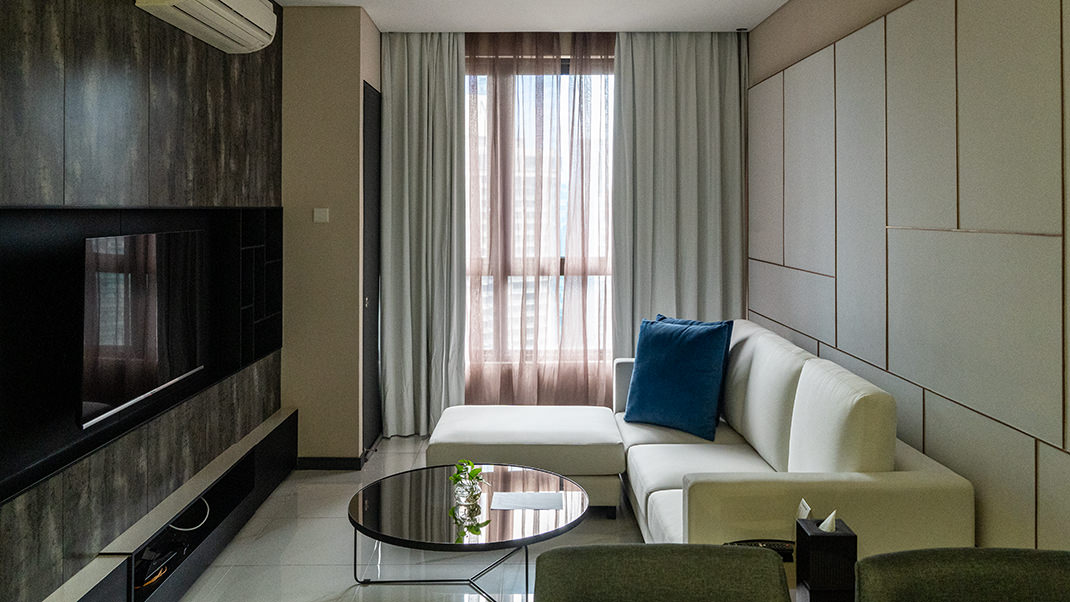
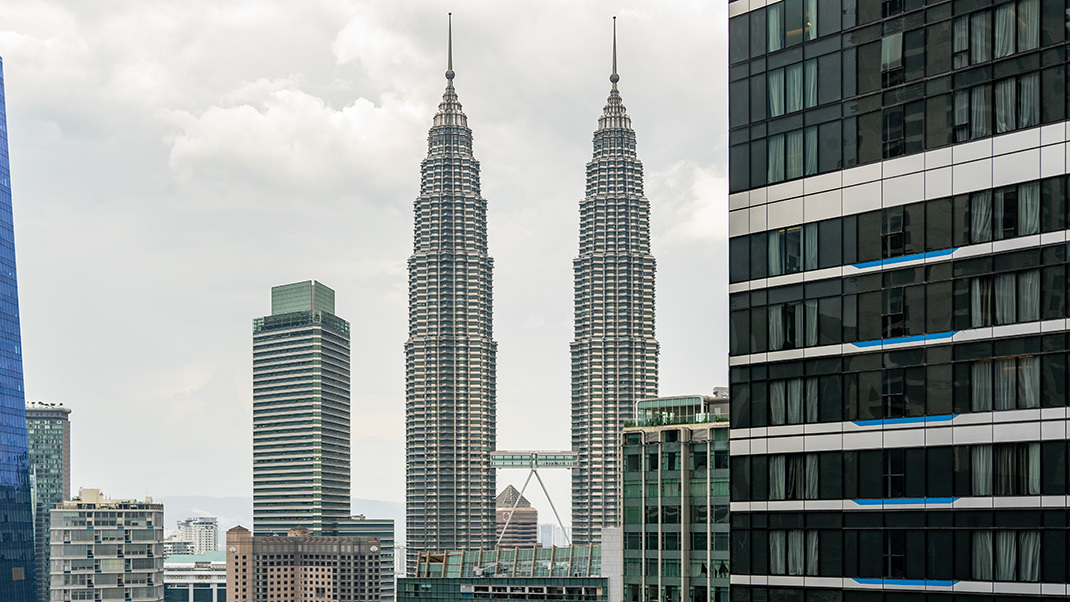
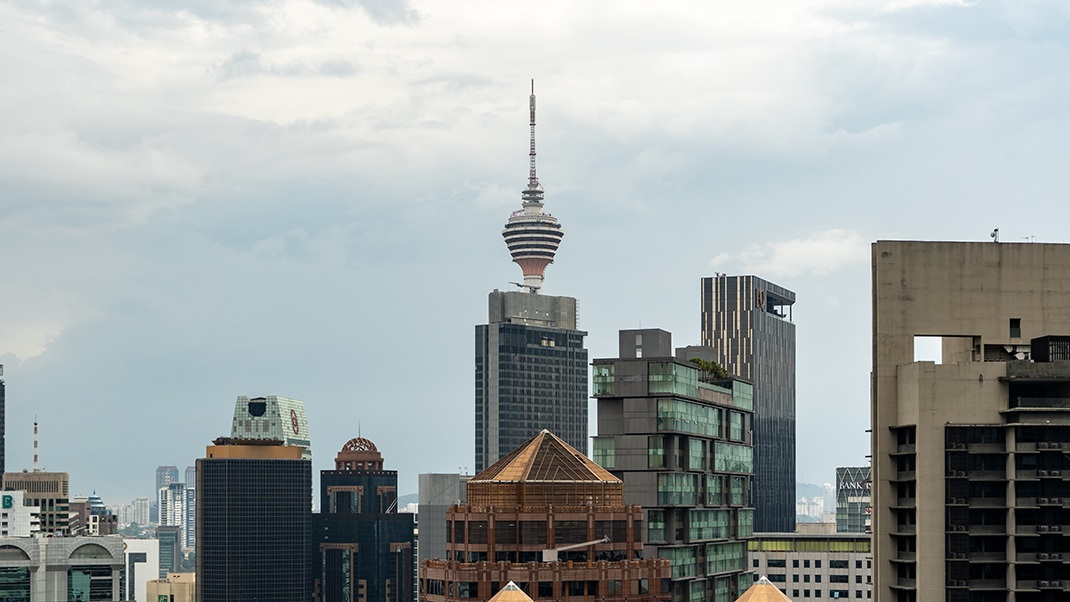
Food
As for the food, the local dishes I tried in Kuala Lumpur reminded me of Thai cuisine — lots of rice, meat, and seafood. I often went to the Suria KLCC mall located right under the Petronas Towers. It has many eateries offering a variety of international cuisines.
There are also two large supermarkets on the lower floors of the mall. You’ll find 7-Eleven stores across the city as well, which sell plenty of ready-made meals and fast food.
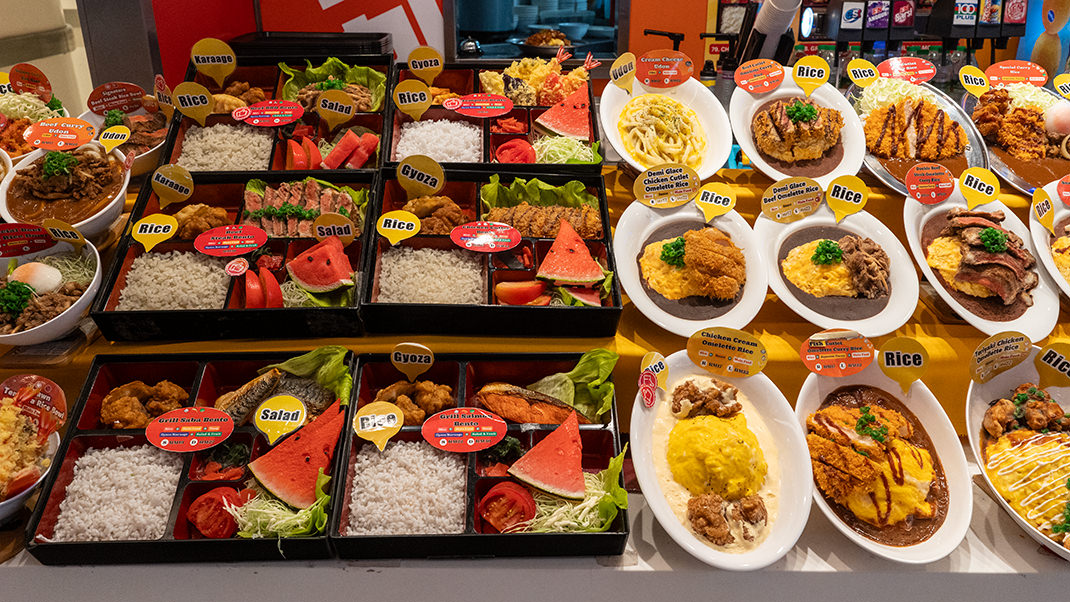
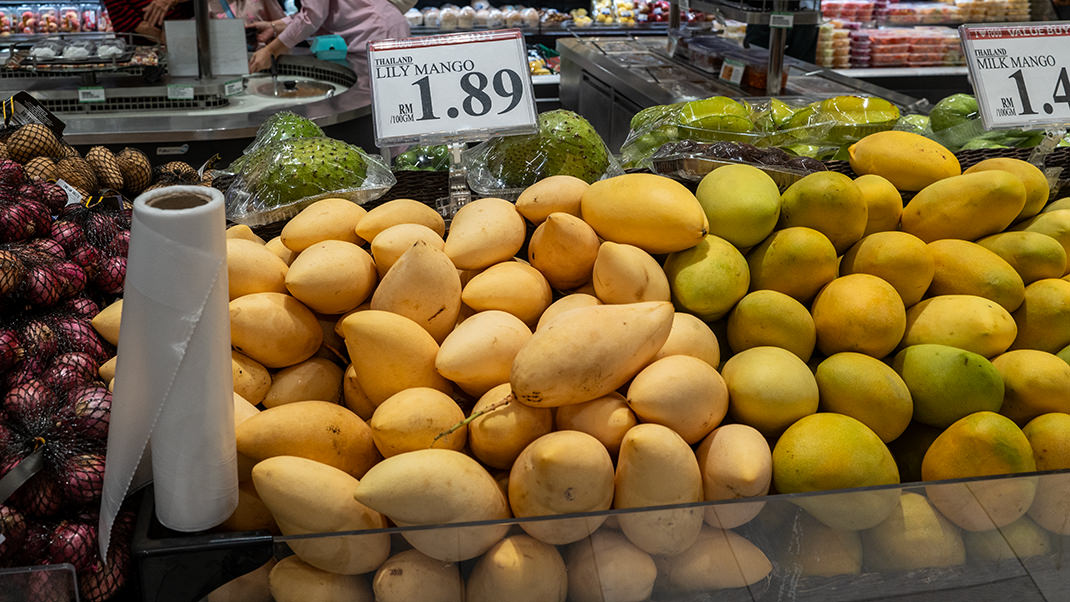
Kuala Lumpur Attractions
I’ll write separate articles about each of the sights I visited, but for now, here’s a quick list of interesting places I explored during my six-day trip. I went up to the Petronas Towers' observation deck, visited the world’s largest bird park, strolled through the botanical garden, had dinner on the vibrant Jalan Alor food street, visited the Masjid Jamek mosque, traveled to the Batu Caves, and saw several colorful temple complexes.
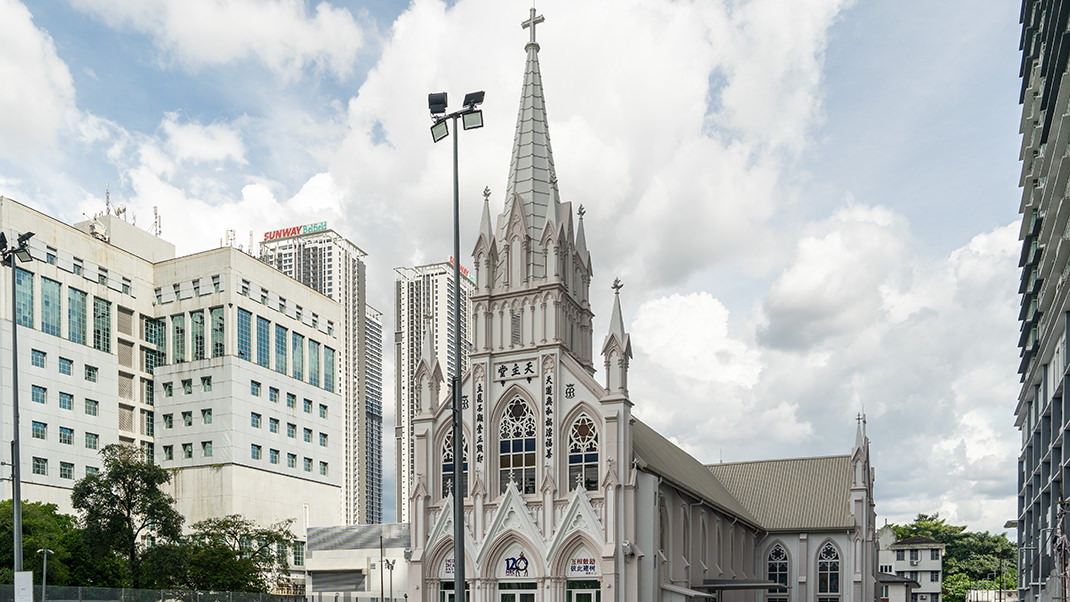
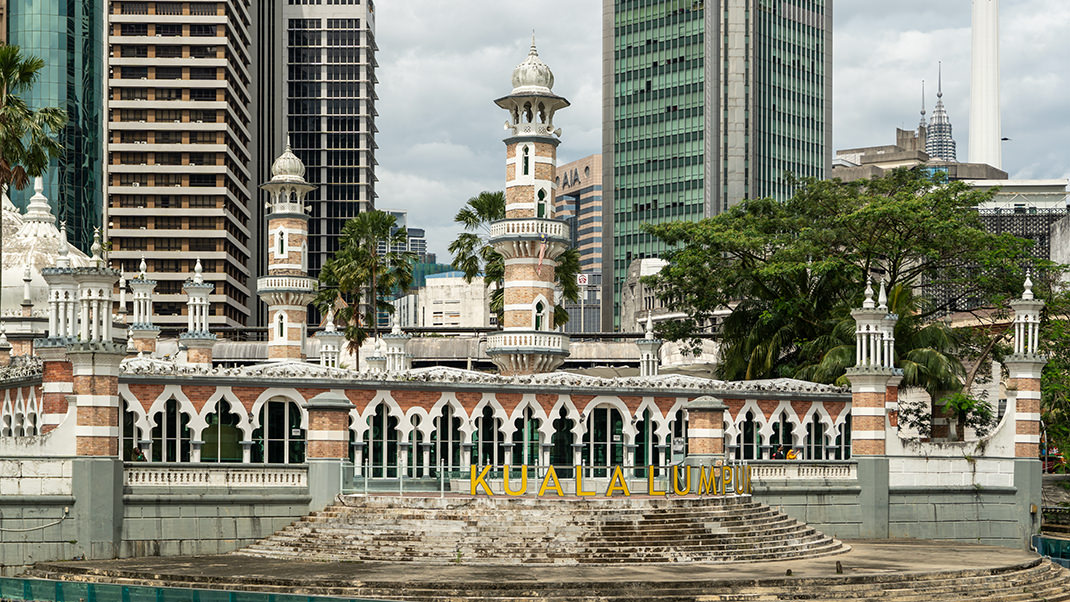
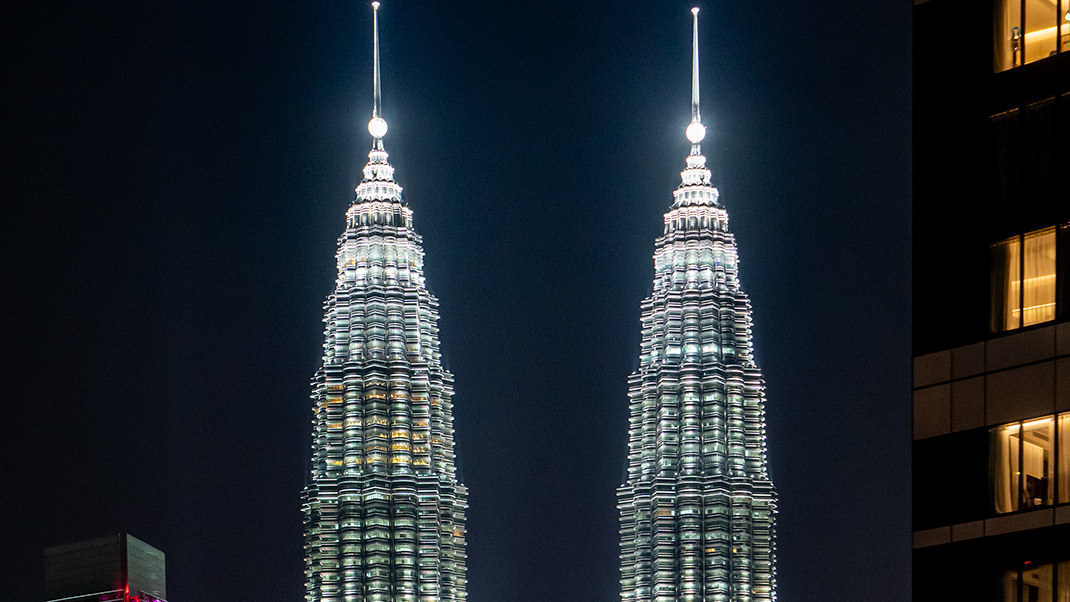
Many of these places were free to visit. The most expensive attraction was the Petronas Towers observation deck, which cost 98 ringgit per person.
In my upcoming articles, I’ll tell you about walking through Kuala Lumpur’s Central Park and going up the city’s iconic twin towers.
Have a nice trip!


